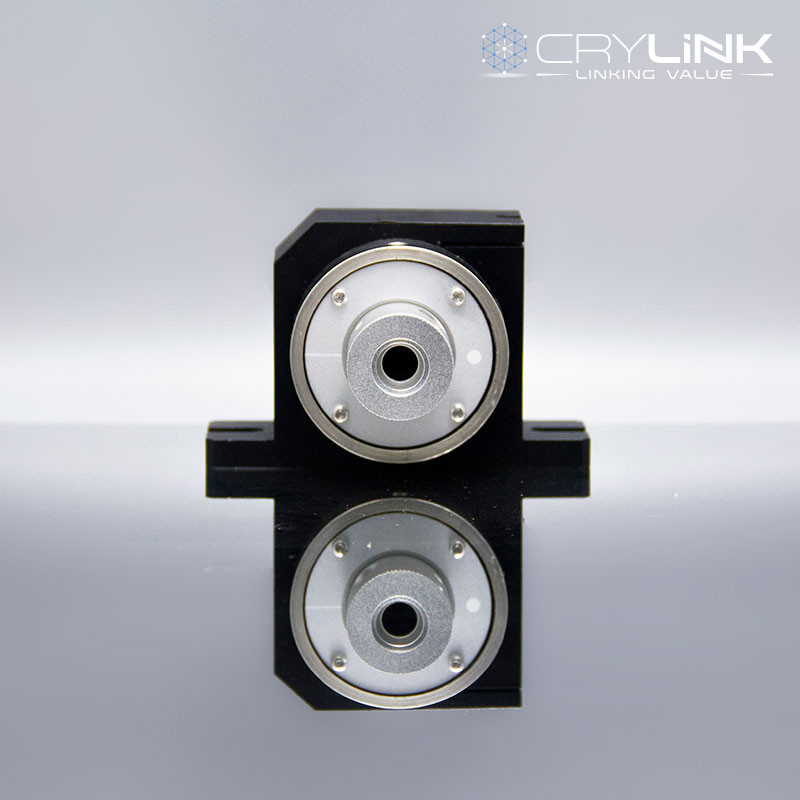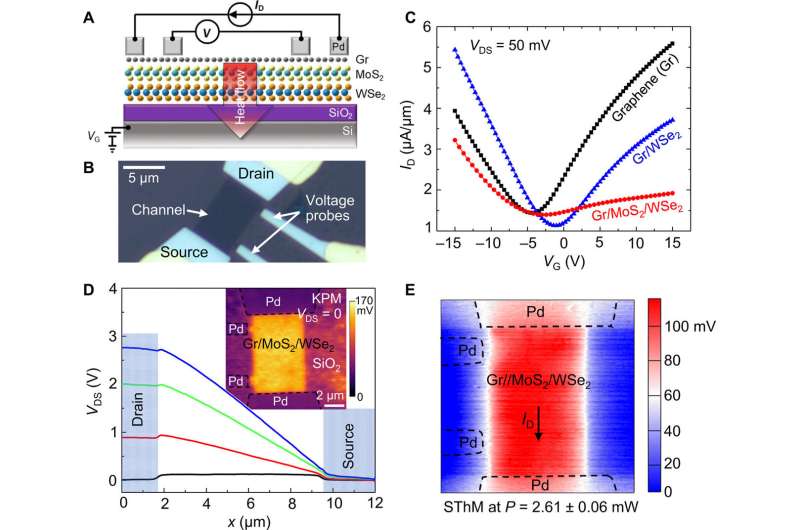
For two glass fibers separated by an air gap, Fresnel reflections are 0.32 dB. These occur when two fibers are separated so that a discontinuity exists in the refractive index. If the core diameter (or the NA) of the side that transmits data is larger than the NA of the fiber that receives data, there is additional loss.Īdditional loss can occur from Fresnel reflections. The specified insertion loss is for identical fibers. You must understand these two important things about insertion loss: The difference between the first reading (P1) and the second (P2) is the insertion loss, or the loss of optical power that occurs when you insert the connector into the line. Now cut the fiber in half, terminate the fibers and connect them, and measure the power again. For example, take a length of fiber and measure the optical power through the fiber. Insertion loss for a connector or splice is the difference in power that you see when you insert the device into the system. In any fiber optic interconnection, some loss occurs. Therefore, only 3.2 percent of optical power remains when it travels through the fiber. In the power conversion table, 15dB for optical loss equals 96.8 percent of lost optical power. In order to see how much power is lost between input and output, refer to the dB value in this power conversion table: dBįor example, when direct line (LD) optical input into the fiber is 0dBm and output power is -15dBm, optical loss for the fiber is calculated as: Input Output Optical Loss


If the optical input power is P1 (dBm) and the optical output power is P2 (dBm), the power loss is P1 - P2 dB. While dBm is the actual power level represented in milliwatts, dB (decibel) is the difference between the powers. In order to measure optical loss, you can use two units, namely, dBm and dB.
CHARACTERIZATION OF OPTICAL ISOLATOR WINDOWS
There are four special wavelengths that you can use for fiber optic transmission with low optical loss levels, which this table lists: Windows This falls into visible wavelength (from 400nm to 700nm) and near infrared wavelength (from 700nm to 1700nm) in the electromagnetic spectrum (see Figure 3). Figure 2 – SM and MM FibersĪ small amount of light is injected into the fiber. Figure 2 provides information on both these fiber types. Singlemode (SM) and multimode (MM) fibers are the mainstream fibers that are manufactured and marketed today. When light enters the fiber, the cladding confines the light to the fiber core, and the light travels down the fiber by internal reflection between the boundaries of the core and the cladding. The cladding that surrounds the core has a lower refractive index of N2. The central part of the fiber, called the core, has a refractive index of N1. Optical fiber is made of silica-based glass, and consists of a core surrounded by cladding. Optical fiber is a medium to carry information. Gain (dB) = 10 x Log 10(P out/P in) = 20 x Log 10(V out/V in) Optical Fiber Structure With this information, you can define the formulas for attenuation and gain:Īttenuation (dB) = 10 x Log 10(P in/P out) = 20xLog 10(V in/V out) This table compares the power and voltage gains: dB X dB = + 10 x Log 10 (1/A) = - 10 x Log 10 (A)ĭBm = dB milliwatt = 10 x Log 10 (Power in mW / 1 mW) PowerĭBW = dB Watt = 10 x Log10 (Power in W / 1 W) Power This table lists the Logarithm and dB (decibel) power ratios: Power Ratio Where V1 and V2 are the amplitudes to be compared.ġ Bell (not currently used) = Log 10 (P1/P2)ġ decibel (dB) = 1 Bell / 10 = 10 * Log 10 (P1/P2)ĭBr = dB (relative) = dB = 10 * Log 10 (P1/P2) Base 10 Logarithm Rules Power is proportional to the square of the amplitude of a signal.

You can also express signal amplitude in dB. Note: Log 10 is different from the Neparian Logarithm (Ln or LN) base e logarithm. Where Log 10 is the base 10 logarithm, and P1 and P2 are the powers to be compared. A decibel is expressed as the base 10 logarithm of the ratio of the power of two signals, as shown here: What is a Decibel?Ī decibel (dB) is a unit used to express relative differences in signal strength. Refer to Cisco Technical Tips Conventions for more information on document conventions. If your network is live, make sure that you understand the potential impact of any command. All of the devices used in this document started with a cleared (default) configuration. The information in this document was created from the devices in a specific lab environment.
CHARACTERIZATION OF OPTICAL ISOLATOR SOFTWARE
This document is not restricted to specific software and hardware versions. There are no specific requirements for this document. This document focuses on decibels (dB), decibels per milliwatt (dBm), attenuation and measurements, and provides an introduction to optical fibers. This document is a quick reference to some of the formulas and important information related to optical technologies.


 0 kommentar(er)
0 kommentar(er)
